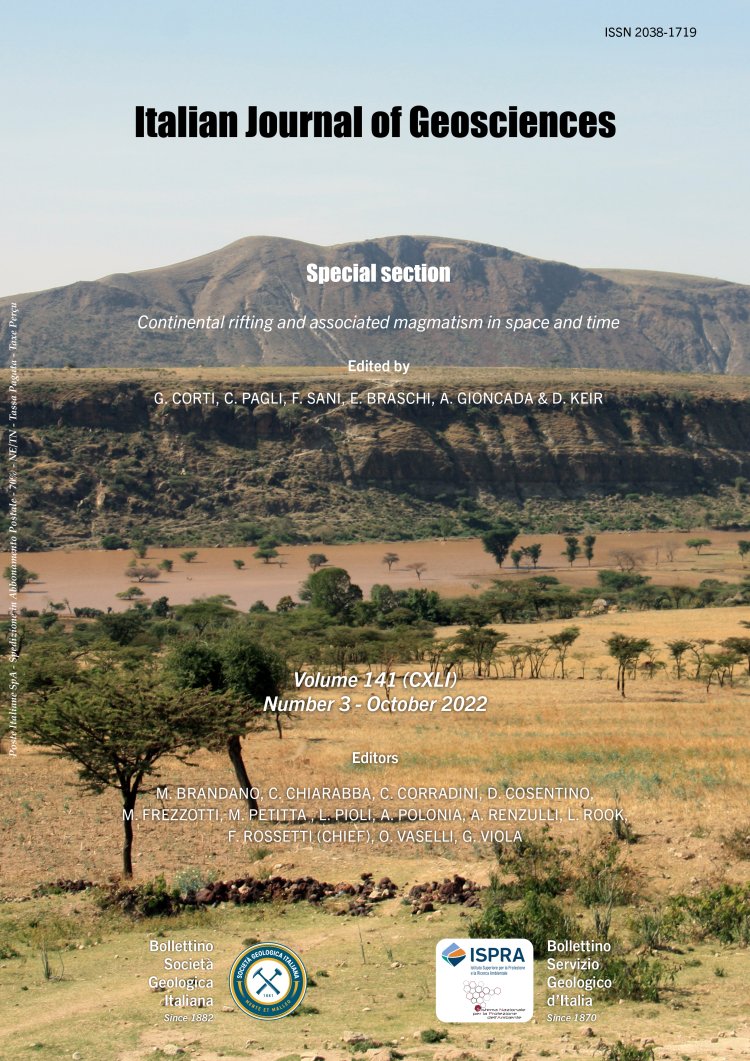
Messinian seep-carbonates marking the transition to the evaporite deposits in the Romagna sector of the northern Apennines (Italy)
Stefano Conti1, Chiara Fioroni1, Paolo Serventi1 & Daniela Fontana1
1Dipartimento di Scienze Chimiche e Geologiche, Via Giuseppe Campi 103, 41125, Modena (Italy).
Corresponding author e-mail: daniela.fontana@unimore.it
Volume: 141 (2022) f.3
Pages: 350-362
Abstract
Numerous outcrops of Messinian authigenic carbonates mark the passage between euxinic shales of the Ghioli di letto Fm at the closure stage of the Miocene foredeep, and the evaporites of the Gessoso-solfifera Fm in the Romagna sector of the northern Apennines. Carbonates have a lenticular to stratiform shape up to 20 m thick and are aligned parallel and concordant to the contact with the evaporites, indicating their primary position. The study of the carbonate succession has evidenced 12 different chemofacies (vuggy and mottled fabric, vein network, conduits, breccias) with chemosymbiotic taxa (lucinids, bathymodiolins, vesicomyids) and negative 13C isotopic signatures (δ13C from -36,92‰ up to -54,25), indicating that they are the product of hydrocarbon rich- fluids seepage at the sea-floor. Facies of the upper succession, close to the contact with evaporites, are typically laminated, with millimetric alternances of peloidal and dark micritic levels. They still preserve seepage imprint testified by 13C depletion (-22, 37‰) and occurrence of small lucinids and serpulids, and are here interpreted as microbial mats related to vigorous fluid release. The occurrence of seep-carbonates at direct contact with selenitic gypsum offers new data on the transition from marine conditions to evaporitic environment in the framework of the Messinian Salinity Crisis.
Keywords
Get Full Text